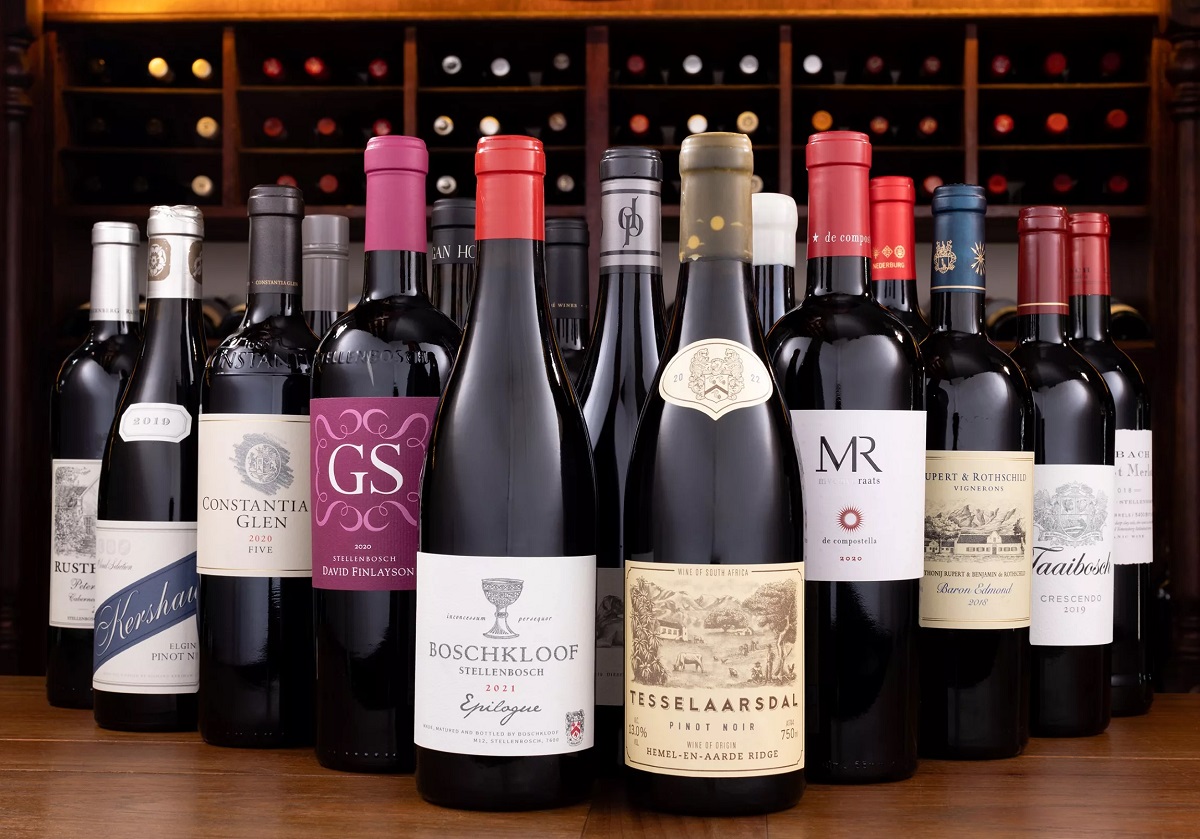

Articles
How To Store Unopened Red Wine
Modified: February 26, 2024
Learn the proper techniques for storing unopened red wine to preserve its flavor and quality. Read our informative articles for expert tips and advice.
(Many of the links in this article redirect to a specific reviewed product. Your purchase of these products through affiliate links helps to generate commission for Storables.com, at no extra cost. Learn more)
Introduction
When it comes to enjoying a glass of red wine, the storage and preservation of the unopened bottle are crucial factors that can significantly impact its quality. Proper storage not only ensures that the wine retains its flavor and aromas but also extends its lifespan. Whether you’re a casual wine enthusiast or a serious collector, understanding how to store unopened red wine is essential to optimize its taste and maintain its value.
In this article, we will explore the various factors to consider when storing unopened red wine. From the choice of storage location to the appropriate temperature and humidity levels, we will delve into the key aspects that can help preserve the wine’s integrity. Additionally, we will discuss the importance of avoiding exposure to light, proper positioning of wine bottles, and the impact of vibrations on the wine’s quality. Lastly, we will look at the benefits of using a wine fridge and alternative storage options that can ensure your unopened red wine stays in optimal condition.
Whether you’ve just purchased a bottle of red wine or are looking for ways to optimize the storage conditions of your wine collection, this article will provide you with insights and tips to help you store unopened red wine correctly. By following these guidelines, you can enhance the overall experience of savoring the wine and protect your investment.
Key Takeaways:
- Proper storage of unopened red wine is crucial for preserving its quality, flavors, and aromas. Factors such as temperature, humidity, light exposure, and bottle positioning play a significant role in maintaining the wine’s integrity.
- Investing in a wine fridge or considering alternative storage options such as wine cellars, cabinets, racks, or professional storage facilities can ensure optimal conditions for unopened red wine. Prioritizing temperature control, humidity regulation, and protection from light and vibrations is essential for preserving the quality of the wine.
Read more: How To Store Red Wine Unopened
Factors to Consider
When it comes to storing unopened red wine, there are several factors that you need to take into consideration to maintain its quality and flavor. Let’s explore these factors in detail:
1. Storage Location: The storage location plays a vital role in the preservation of red wine. Ideally, it should be a cool, dark, and well-ventilated area. Avoid areas that are exposed to direct sunlight or temperature fluctuations, such as near a window or a heater. Additionally, consider a storage location that is away from strong odors, as wine can absorb odors easily.
2. Temperature and Humidity: Red wine should be stored at a consistent temperature, ideally between 55°F and 65°F (12°C and 18°C). Fluctuations in temperature can damage the wine and accelerate the aging process. Similarly, humidity levels should be maintained between 50% and 70% to prevent the corks from drying out or becoming moldy. Using a hygrometer can help you monitor humidity levels in the storage area.
3. Exposure to Light: UV rays can be harmful to wine, as they can alter its flavor and aroma. It is recommended to store red wine bottles in a dark area or in wine racks that provide UV protection. If your storage area has windows, consider covering them with curtains or blinds to minimize exposure to light.
4. Positioning of Wine Bottles: It is crucial to store wine bottles horizontally rather than upright. This allows the wine to keep the cork moist, preventing it from drying out and potentially allowing air to enter the bottle. This is especially important for unopened bottles, as a dry cork can lead to oxidation and spoil the wine.
5. Avoid Vibrations: Vibrations can negatively impact the aging process of wine and disrupt the sediments. It is best to store red wine bottles in a location that is free from any vibrations, such as a wine cellar or a dedicated wine fridge. Avoid placing the wine near appliances or areas with high foot traffic.
By considering these factors, you can create an ideal storage environment for your unopened red wine. This will help preserve the wine’s integrity, flavors, and aromas, allowing you to fully enjoy the bottle when you decide to open it.
Choice of Storage Location
The choice of storage location is crucial when it comes to storing unopened red wine. The right environment can help extend the lifespan of the wine and preserve its flavors. Here are some considerations to keep in mind when selecting a storage location:
1. Coolness: Red wine should be stored in a cool environment to slow down the aging process and prevent premature oxidation. Ideally, the temperature should be between 55°F and 65°F (12°C and 18°C). Avoid areas that are prone to temperature fluctuations, such as near heating vents or in a room with no insulation.
2. Darkness: Exposure to light, especially UV rays, can be detrimental to the quality of red wine. Light can negatively affect the flavors and lead to the development of off-putting aromas. Therefore, choose a storage location that is dark or minimizes exposure to direct sunlight. If your storage area has windows, consider using curtains or blinds to block out the light.
3. Stability: It is important to select a storage location that provides a stable environment without excessive vibrations. Vibrations can disturb the sediment in the wine and negatively impact its aging process. Avoid storing wine near appliances, machinery, or areas with heavy foot traffic.
4. Humidity: Maintaining the right humidity levels is also crucial for preserving the quality of red wine. The humidity should be between 50% and 70% to prevent the corks from drying out or becoming moldy. High humidity can cause label damage, and low humidity can lead to cork shrinkage. Use a hygrometer to monitor humidity levels and consider using a humidifier or dehumidifier if necessary.
5. Odor Control: Red wine is susceptible to absorbing odors from its surroundings. Avoid storing wine in areas with strong odors, such as the kitchen or near cleaning supplies. It is recommended to have a dedicated storage area to prevent any unwanted aromas from affecting the wine’s taste.
6. Security: If you have a valuable collection or wines with sentimental value, consider the security of your chosen storage location. Ensure that the area is safe from theft, temperature controls are reliable, and access is restricted to authorized personnel.
By considering these factors and choosing an appropriate storage location, you can create an environment that promotes the longevity and quality of your unopened red wine. Whether it’s a wine cellar, a dedicated wine fridge, or a specific area in your home, make sure to prioritize the optimal conditions for storing your precious bottles.
Appropriate Temperature and Humidity
When it comes to storing unopened red wine, maintaining the appropriate temperature and humidity levels is crucial. The right conditions can preserve the wine’s flavors, aromas, and overall quality. Here’s what you need to know about temperature and humidity:
Temperature: Red wine should be stored at a consistent temperature, ideally between 55°F and 65°F (12°C and 18°C). Fluctuations in temperature can accelerate the aging process and negatively affect the wine’s flavor profile. High temperatures can cause the wine to age prematurely, leading to a flat taste, while low temperatures can slow down the aging process excessively, resulting in a lack of complexity.
It is important to note that different styles of red wine may have slightly different temperature preferences. Lighter-bodied reds like Pinot Noir may benefit from slightly cooler storage temperatures, while fuller-bodied reds like Cabernet Sauvignon may require slightly warmer temperatures. However, it’s generally safe to store all red wines within the recommended range mentioned earlier.
Humidity: Maintaining the proper humidity level is equally important in preserving the quality of red wine. The ideal humidity range for storing wine is between 50% and 70%. When the humidity is too low, below 50%, it can cause the corks to dry out, potentially resulting in leakage and oxidation. On the other hand, high humidity levels above 70% can lead to mold growth and label damage.
Consistent humidity within the recommended range helps to keep the corks moist, maintaining a tight seal and preventing unwanted air from entering the bottle. To monitor the humidity levels, you can use a hygrometer, a device specifically designed to measure humidity.
It’s worth noting that some wine fridge models come with built-in humidity control features that automatically regulate the humidity levels. This can be beneficial if you have a larger wine collection or live in an area with extreme humidity conditions.
By maintaining the appropriate temperature and humidity levels, you can ensure that your unopened red wine ages gracefully and retains its original flavors and aromas. Whether you choose a wine cellar, wine fridge, or dedicated storage area, consistently monitoring and adjusting these factors will contribute to an optimal storage environment for your valuable bottles.
Avoiding Exposure to Light
When storing unopened red wine, it is crucial to avoid exposure to light, especially ultraviolet (UV) rays. Light can have a detrimental impact on the quality, flavor, and overall aging process of the wine. Here’s why it’s important to keep your wine shielded from light:
UV Rays and Wine: UV rays can initiate chemical reactions in wine and degrade its components, leading to undesirable changes in flavor and aroma. Excessive exposure to sunlight or artificial light sources can result in what is commonly known as “lightstruck” or “skunky” wine. This phenomenon is characterized by a foul-smelling, sulfur-like aroma.
Damage to Tannins and Color: UV rays can also break down the tannins in red wine, compromising its structure and mouthfeel. Additionally, prolonged exposure to light can cause the wine’s color to fade, resulting in a less vibrant appearance. This is particularly noticeable in red wines, as the pigments responsible for their color are susceptible to degradation when exposed to light.
Storage Recommendations: To protect your unopened red wine from light exposure, it is advisable to store the bottles in a dark environment. Look for a storage location that minimizes or eliminates direct sunlight. If your storage area has windows, consider covering them with curtains or blinds to block out UV rays. Additionally, avoid storing wine near light sources such as lamps or fluorescent fixtures.
Wine Racks and Cabinets: If you use wine racks or cabinets to store your wine, choose ones that offer UV protection. Some wine storage solutions are designed with tinted glass or solid doors that block UV rays while still allowing you to showcase your collection. Alternatively, you can opt for wine racks made of materials that do not transmit light, such as wood or metal.
Dark Bottles: Many red wines come in dark-colored glass bottles, which provide some level of protection against UV rays. However, it is still best to keep these bottles out of direct light to ensure optimal preservation. If you are storing wine in clear or light-colored bottles, take extra precautions to shield them from light exposure.
By avoiding exposure to light, you can safeguard the quality and integrity of your unopened red wine. Remember, a dark, cool, and protected storage area will go a long way in preserving the wine’s flavors, colors, and aromas until the bottle is ready to be enjoyed.
Read more: How To Store Red Wine
Proper Positioning of Wine Bottles
When it comes to storing unopened red wine, the proper positioning of wine bottles is essential to ensure the wine’s freshness and longevity. Here’s why the correct orientation of the bottles matters and how to position them correctly:
Horizontal Storage: The most common and recommended position for storing wine bottles is horizontally. This means laying the bottles on their sides rather than standing them upright. The reason for this is to keep the cork moist and in contact with the wine. When the cork remains moist, it expands and creates a tight seal, preventing excessive air from entering the bottle and compromising the wine’s quality.
Preventing Oxidation: By storing the bottle on its side, the wine comes into contact with the cork, allowing it to keep the cork saturated. If the cork dries out, it can shrink and let oxygen in, leading to oxidation and spoiling the wine. Oxidation can result in flavors and aromas that are flat, dull, or even vinegary.
Sediment Settlement: Another benefit of horizontal storage is that it aids in the natural settling of sediment in red wines. With time, some red wines develop sediment, which consists of solids like tannins and color pigments that precipitate out of the solution. When the bottles are stored horizontally, the sediment settles on the side of the bottle instead of accumulating at the bottom. This makes it easier to decant or pour the wine without disturbing the sediment when it comes time to open the bottle.
Exceptions for Screw Cap and Synthetic Corks: It’s worth noting that wines sealed with screw caps or synthetic corks are not as susceptible to drying out as natural corks. However, storing them horizontally ensures consistency and uniformity in your wine storage practices. It also helps in maintaining a well-organized collection, making it easier to access and identify different bottles.
Handling Sparkling Wines: It’s important to mention that sparkling wines, such as Champagne, should be stored differently. Instead of horizontal storage, it is recommended to store them upright to keep the carbonation intact. This helps to preserve their effervescence and prevent pressure build-up that could potentially push the cork out.
By storing your unopened red wine bottles horizontally, you’ll be ensuring that the cork stays moist, preventing oxidation and maintaining the wine’s quality. Additionally, it allows for the settling of sediment and keeps your collection organized. So the next time you set up your wine storage area, remember to position your bottles correctly for optimal preservation and enjoyment.
Store unopened red wine in a cool, dark place with a consistent temperature, such as a cellar or wine fridge. Keep the bottle on its side to keep the cork moist and prevent oxidation. Avoid storing it in the kitchen or near heat sources.
Keeping Red Wine Away from Vibrations
When it comes to storing unopened red wine, it is important to keep the bottles away from vibrations. Vibrations can have a negative impact on the wine’s quality and maturation process. Here’s why it’s crucial to minimize vibrations and how you can achieve that:
Impact on Sediment: Vibrations can disturb the sediment present in red wine. Over time, wines develop sediment naturally as a result of aging and maturation. When bottles are exposed to constant vibrations, such as those from nearby appliances or heavy foot traffic, the sediment becomes agitated, making it difficult to separate from the wine when the bottle is opened. This can affect the texture and clarity of the wine.
Speeding up Aging: Vibrations can accelerate the aging process of wine by disrupting the molecules in the liquid. When wine is constantly exposed to vibrations, the chemical reactions that contribute to aging occur at a faster pace. This can cause the wine to lose its youthful characteristics prematurely and lead to a less desirable flavor profile.
Storage Recommendations: To minimize vibrations, it is best to choose a storage location that is free from regular sources of movement. Avoid storing wine bottles near appliances such as refrigerators, dishwashers, or washing machines that generate vibrations. Additionally, select an area in your home that is away from high foot traffic or areas prone to frequent movement.
Dedicated Wine Fridges: If you have a larger wine collection or are particularly concerned about vibrations, investing in a dedicated wine fridge can be beneficial. Designed specifically for wine storage, these fridges minimize vibrations and create a stable environment for your bottles. They have vibration-dampening features and often come with adjustable shelving to accommodate different bottle sizes.
Racking Systems: Utilizing a racking system can also help minimize vibrations. Choose wine racks that are sturdy and securely installed to reduce the risk of movement. Opt for racks made of materials that dampen vibrations, such as solid wood or metal. Some racking systems even come with built-in vibration-dampening features to provide extra protection for your wine bottles.
Wine Cellars: If you have the space and resources, a dedicated wine cellar can be an excellent option for storing red wine. Wine cellars are designed to provide an optimal environment, including limited vibrations. The walls and insulation of a wine cellar help reduce external vibrations, creating a more stable and tranquil space for your wine collection.
By keeping your unopened red wine bottles away from vibrations, you can ensure that the wine matures gracefully and maintains its intended flavor and aroma profiles. Choose a storage location and racking system that prioritize stability, and consider investing in a dedicated wine fridge or cellar if vibrations are a significant concern for you. With these measures in place, you can maximize the quality and enjoyability of your red wine collection.
Importance of Consistent Temperature
When storing unopened red wine, maintaining a consistent temperature is of utmost importance. Fluctuations in temperature can have a significant impact on the wine’s quality, aging process, and overall taste. Here’s why consistent temperature is crucial when it comes to storing red wine:
Preservation of Flavors and Aromas: Red wines contain complex compounds that contribute to their flavors and aromas. Consistent temperature ensures that these compounds are preserved properly. Fluctuations in temperature can cause the expansion and contraction of the liquid and air in the bottle, leading to oxidation and alteration of the wine’s characteristics. By maintaining a consistent temperature, you can ensure that the wine’s flavors and aromas remain intact until you’re ready to enjoy it.
Aging Process: Aging is a natural process that red wines undergo to develop complexity and depth of flavor. Consistent temperature is essential for a steady aging process. Fluctuations in temperature can accelerate the aging process, resulting in the wine reaching its peak earlier than expected. On the other hand, if the temperature is too low, aging can slow down, and the wine may not develop desirable characteristics. By maintaining a consistent temperature, you can control the pace of aging and ensure optimal maturation of the wine.
Preservation of Structure: Red wines have a delicate balance of acidity, tannins, and alcohol that contributes to their structure and mouthfeel. Consistent temperature helps preserve this balance. Temperature fluctuations can disrupt the equilibrium of these components, resulting in a wine that feels disjointed or unbalanced. By keeping the temperature consistent, you can maintain the wine’s structure, ensuring a harmonious and enjoyable drinking experience.
Prevention of Cork Damage: Corks play a crucial role in sealing the wine bottle and protecting it from external factors. Fluctuations in temperature can cause the cork to expand and contract, potentially leading to damage or leakage. A damaged cork can allow air into the bottle, leading to oxidation and spoilage of the wine. By maintaining a consistent temperature, you can minimize the risk of cork damage and ensure the wine remains properly sealed.
Stability of Wine Storage: Consistency in temperature provides stability within the storage environment. Temperature fluctuations can create stress on the wine and the bottle, potentially leading to premature aging or even bottle damage. By maintaining a steady temperature, you provide a stable and reliable environment for your unopened red wine, promoting its longevity and quality.
By prioritizing consistent temperature in your storage practices, you can ensure that your unopened red wine ages gracefully, maintains its desired characteristics, and provides an exceptional drinking experience. Whether you choose a dedicated wine fridge, cellar, or another storage method, keeping the temperature steady is a key factor in preserving the quality of your red wine collection.
Benefits of a Wine Fridge
When it comes to storing unopened red wine, a wine fridge can be a valuable investment. Wine fridges offer a controlled and specialized environment that ensures optimal storage conditions for your wine collection. Here are some of the benefits of using a wine fridge:
Temperature Control: One of the primary advantages of a wine fridge is its ability to control and maintain a consistent temperature. Wine fridges are designed specifically for wine storage and are equipped with compressors or thermoelectric systems that provide precise temperature control. You can set the temperature to the ideal range for red wine, ensuring that your bottles are stored at the perfect condition to preserve their flavors and aromas.
Humidity Regulation: Wine fridges also typically offer humidity regulation features. This is important because consistent humidity levels help prevent the corks from drying out or becoming moldy. Many wine fridges come with built-in humidifiers or allow you to adjust the humidity settings to maintain the ideal range of 50-70%. This ensures that the corks remain in good condition, keeping the wine properly sealed and protected.
Protection from UV Rays: Wine fridges are designed with materials that offer insulation and protection against harmful UV rays. They often feature tinted glass doors or solid door options, minimizing the exposure of your wine bottles to UV light. This is crucial because UV rays can affect the wine’s flavor, aroma, and overall quality. With a wine fridge, you can store your unopened red wine without worrying about the damaging effects of sunlight or artificial lights.
Vibration Reduction: Many wine fridges are engineered with vibration-dampening technology to minimize disturbances. Vibrations can accelerate the aging process of wine and disturb sediment, affecting the wine’s taste and clarity. Wine fridges with vibration reduction features ensure a more stable storage environment, allowing your red wine to age gracefully and preserving its integrity.
Organized and Convenient Storage: Wine fridges come with dedicated storage racks or shelves designed to securely hold wine bottles. These racks often provide easy access to your collection, allowing you to organize and display your wines more efficiently. Some wine fridges also offer adjustable shelving to accommodate different bottle sizes, providing flexibility for your storage needs.
Space Optimization: Wine fridges come in various sizes and capacities, making them suitable for different spaces and wine collections. Whether you have a small apartment or a dedicated cellar, there is a wine fridge model available to fit your requirements. Wine fridges can be countertop models, built-in under cabinets, or standalone units, allowing you to maximize the storage potential of any area in your home.
By investing in a wine fridge, you can create an ideal storage environment for your unopened red wine. From temperature and humidity control to protection from UV rays and vibrations, wine fridges offer a range of benefits that ensure your wine can age properly and maintain its quality until you’re ready to enjoy it. Consider your storage needs and collection size when choosing a wine fridge, and enjoy the convenience and peace of mind it brings to your wine storage practices.
Read more: How To Store Red Wine Vinegar
Other Storage Options
While wine fridges are a popular choice for storing unopened red wine, there are other storage options available depending on your preferences and the size of your collection. Here are some alternative storage methods to consider:
Wine Cellar: If you have the space and resources, a dedicated wine cellar is an excellent option for long-term storage of unopened red wine. Wine cellars provide a controlled environment with stable temperatures, humidity levels, and minimal exposure to light and vibrations. They offer ample space to store a large collection and can be customized to fit your specific needs. Whether it is a traditional underground cellar or a modern wine room, a wine cellar provides an aesthetically pleasing and optimal storage solution for serious wine enthusiasts or collectors.
Wine Cabinets or Credenzas: Wine cabinets or credenzas are furniture pieces designed explicitly for wine storage. They often feature temperature and humidity controls, making them suitable for storing unopened red wine. These cabinets come in various sizes and styles to fit different spaces and decor styles. Wine cabinets provide a convenient storage solution while adding an elegant touch to your living space.
Wine Racks: Wine racks offer a versatile and cost-effective storage solution for unopened red wine. They come in various sizes, materials, and configurations, allowing you to choose the rack that best suits your needs. Freestanding wine racks can be placed in a wine cellar, basement, or any suitable location in your home. They provide an organized display and efficient storage for your bottles. Wall-mounted wine racks are another popular option for utilizing vertical space and creating an attractive wine storage display. Remember to choose racks made of sturdy materials that can support the weight of your collection and minimize vibrations.
Wine Storage Boxes: Wine storage boxes are an economical option for short-term or temporary storage of unopened red wine. These cardboard or wooden boxes are designed to hold wine bottles securely and can be stacked for efficient use of space. Wine storage boxes are ideal if you are moving, traveling, or temporarily don’t have access to a dedicated wine storage solution. However, they may not provide the same level of protection against temperature fluctuations, humidity, and light as more specialized storage options.
Professional Storage Facilities: If you have a valuable wine collection but limited space or specific storage requirements, professional wine storage facilities can be a viable option. These facilities offer secure and climate-controlled storage for your unopened red wine. They have the expertise and infrastructure to ensure optimal storage conditions, including temperature control, humidity regulation, and protection against light and vibrations. Professional storage facilities provide peace of mind knowing that your wine is being cared for in the best possible way.
When considering alternative storage options for your unopened red wine, assess your needs, available space, budget, and long-term goals. Each option has its advantages and considerations, but the key is to prioritize factors such as temperature control, humidity levels, protection from light and vibrations, and proper organization. By choosing the right storage solution, you can ensure that your unopened red wine remains in optimal condition until it’s time to savor its flavors and aromas.
Conclusion
Storing unopened red wine properly is essential for preserving its quality, flavors, and aromas. By paying attention to key factors such as storage location, temperature, humidity, exposure to light, positioning of bottles, and vibrations, you can ensure that your wine ages gracefully and maintains its integrity until you’re ready to enjoy it. Here’s a recap of the important points to remember:
Choosing the right storage location is crucial. Opt for a cool, dark, and well-ventilated area, away from sunlight and strong odors. Consider a dedicated storage space, such as a wine cellar, wine fridge, or specialized wine cabinet for optimal conditions.
Maintaining a consistent temperature is necessary to prevent premature aging and preserve the wine’s flavors. Aim for a temperature range between 55°F and 65°F (12°C and 18°C) to ensure proper maturation.
Humidity levels should be kept between 50% and 70% to prevent the corks from drying out or becoming moldy. Consider using a hygrometer to monitor and adjust humidity if necessary.
Avoid exposing the wine to light, especially UV rays, as they can degrade the wine’s flavor and color. Store the bottles in a dark environment or a wine fridge with UV protection.
Store the wine bottles horizontally to keep the cork moist, preventing oxidation and maintaining a tight seal. This is crucial for maintaining the wine’s freshness and preventing spoilage.
Minimize vibrations as they can disturb sediment and disrupt the aging process. Choose storage locations away from appliances or areas with high foot traffic. Consider wine fridges or cellar storage with vibration-dampening features for added protection.
While wine fridges offer temperature and humidity control, there are alternative storage options to suit various needs and preferences. Wine cellars, cabinets, racks, storage boxes, and professional storage facilities provide viable alternatives for storing unopened red wine.
By following these guidelines and selecting the appropriate storage method, you can ensure that your unopened red wine ages gracefully, maintains its quality, and provides a delightful experience when the time comes to uncork and savor its splendid flavors. Cheers to maintaining the integrity of your red wine collection!
Frequently Asked Questions about How To Store Unopened Red Wine
Was this page helpful?
At Storables.com, we guarantee accurate and reliable information. Our content, validated by Expert Board Contributors, is crafted following stringent Editorial Policies. We're committed to providing you with well-researched, expert-backed insights for all your informational needs.
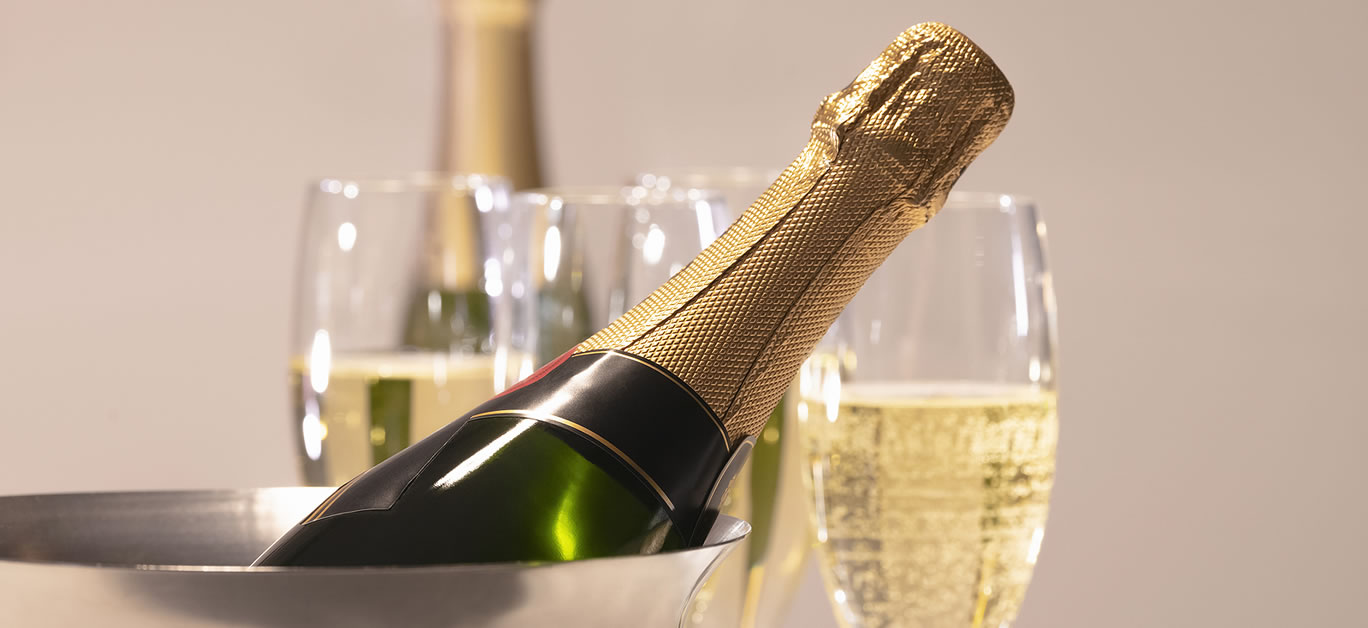
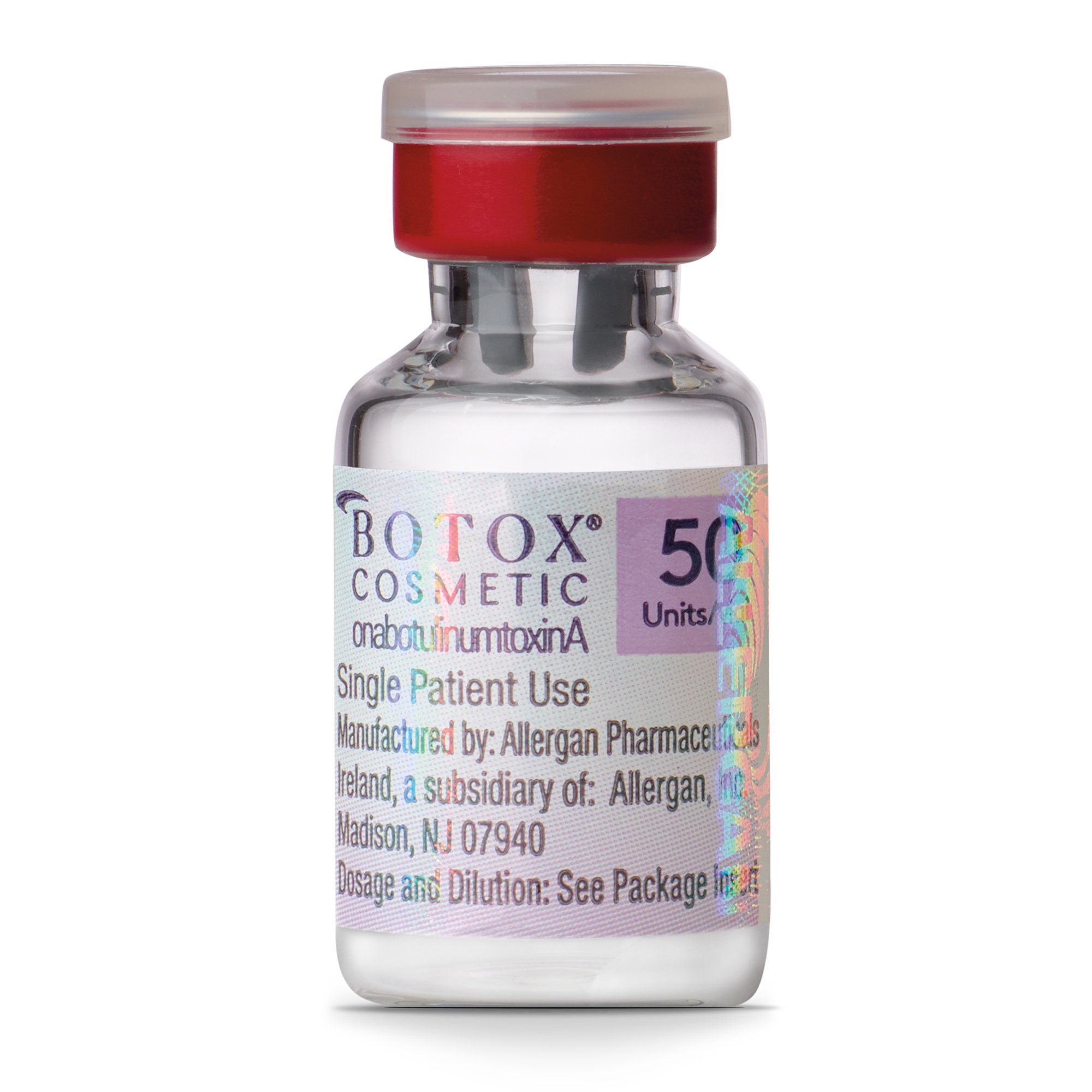
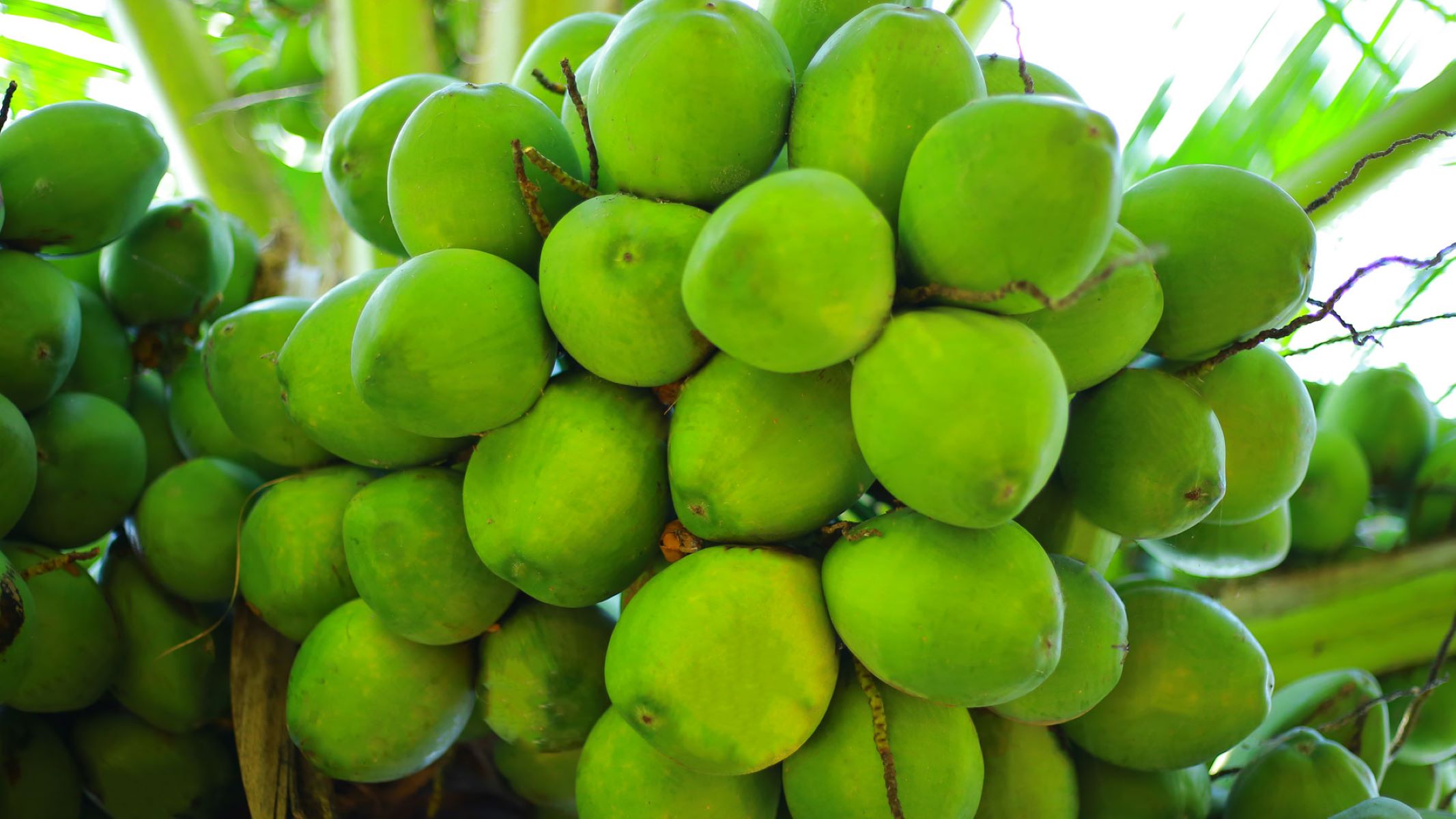
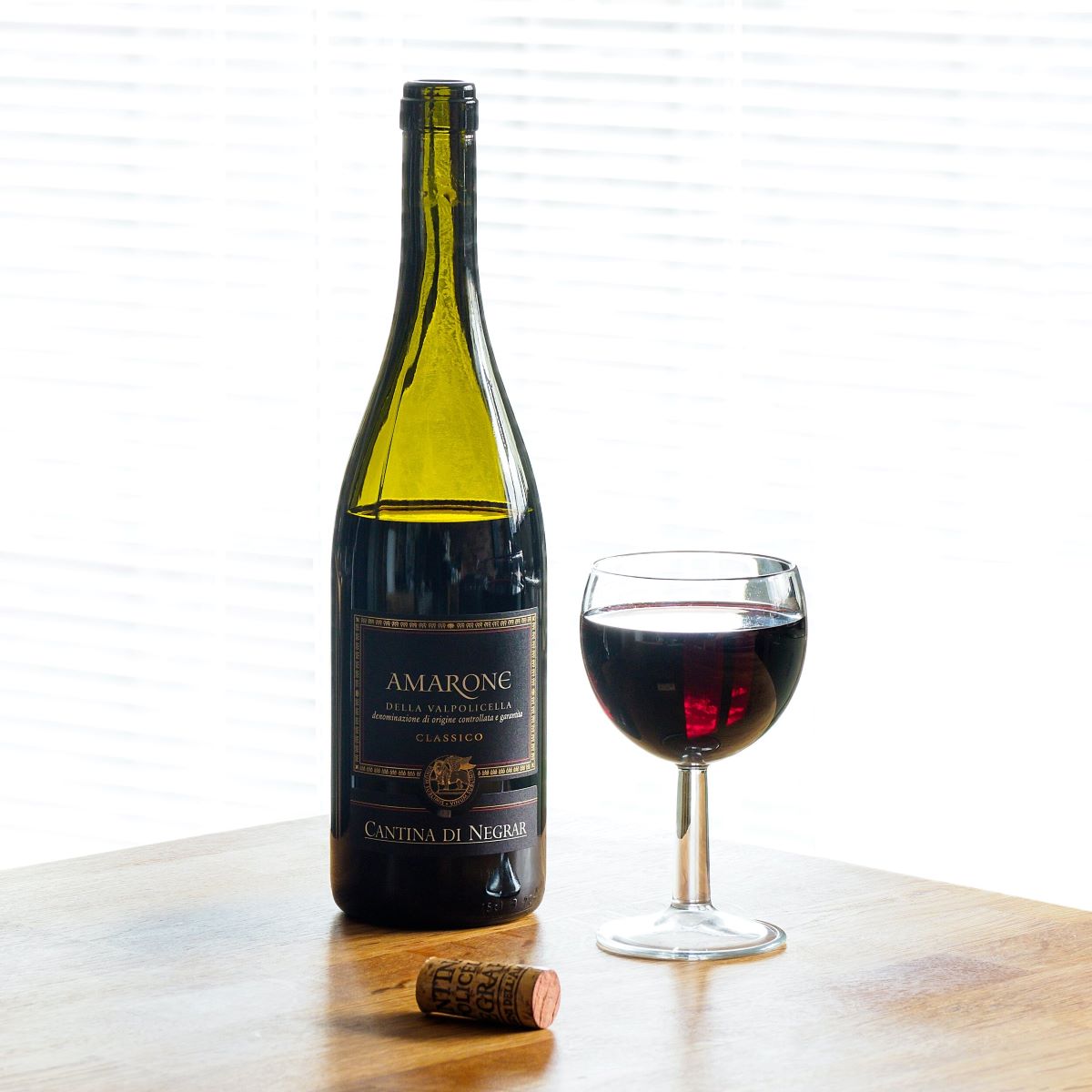
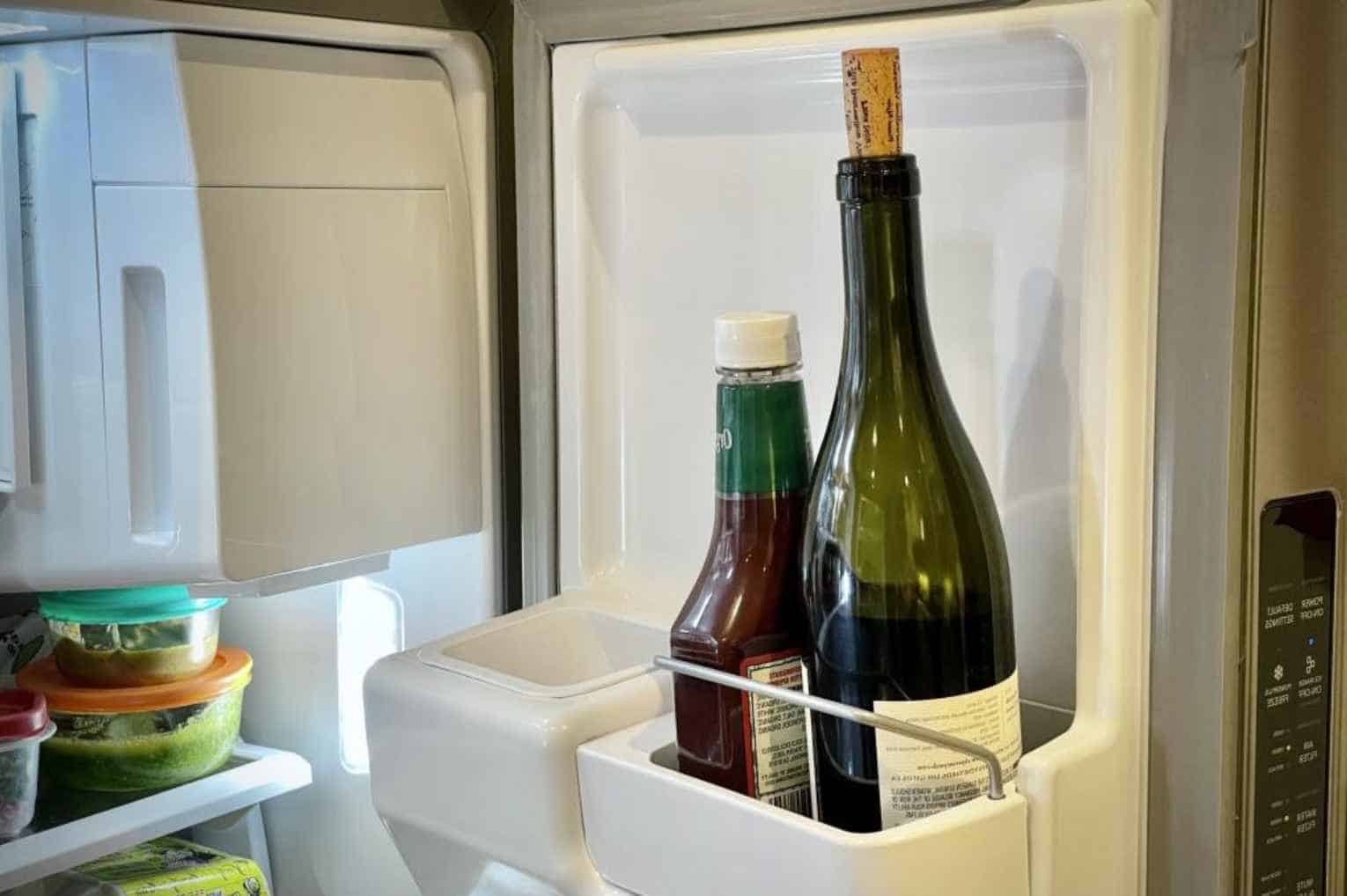
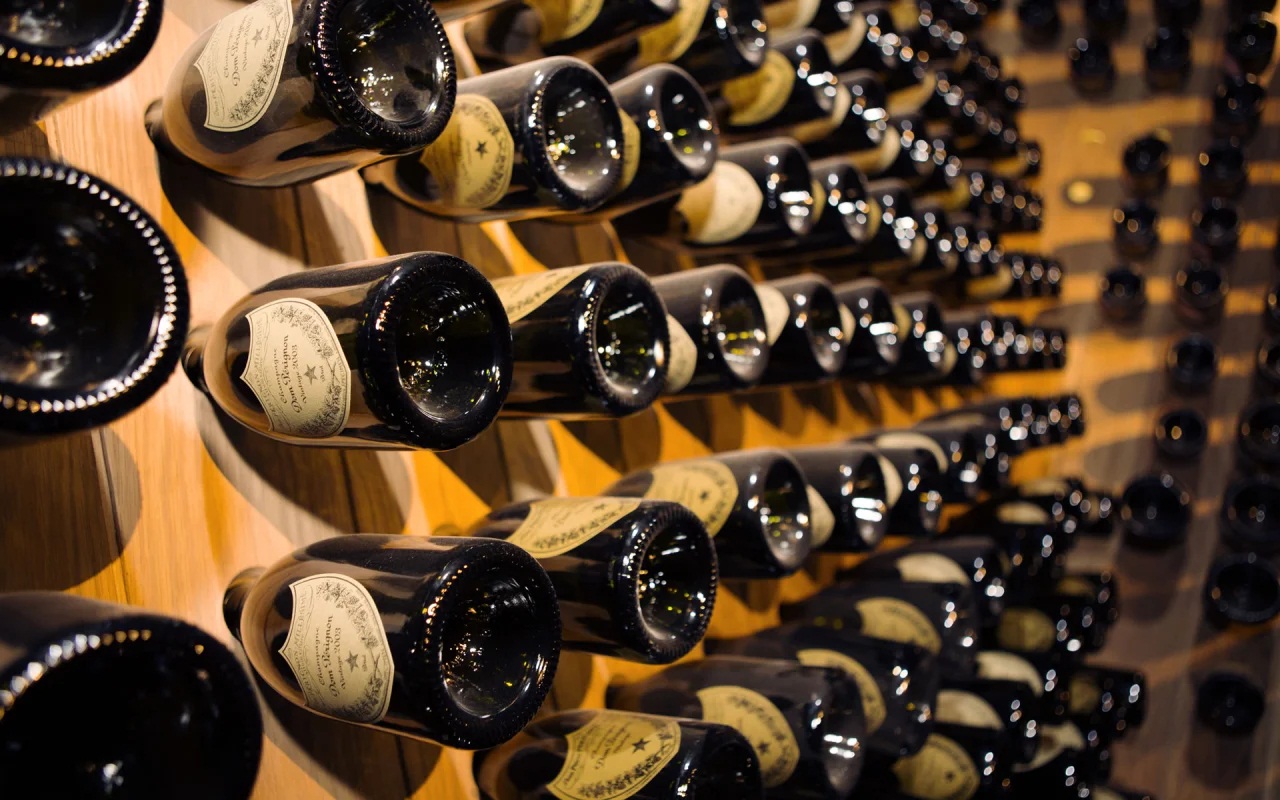
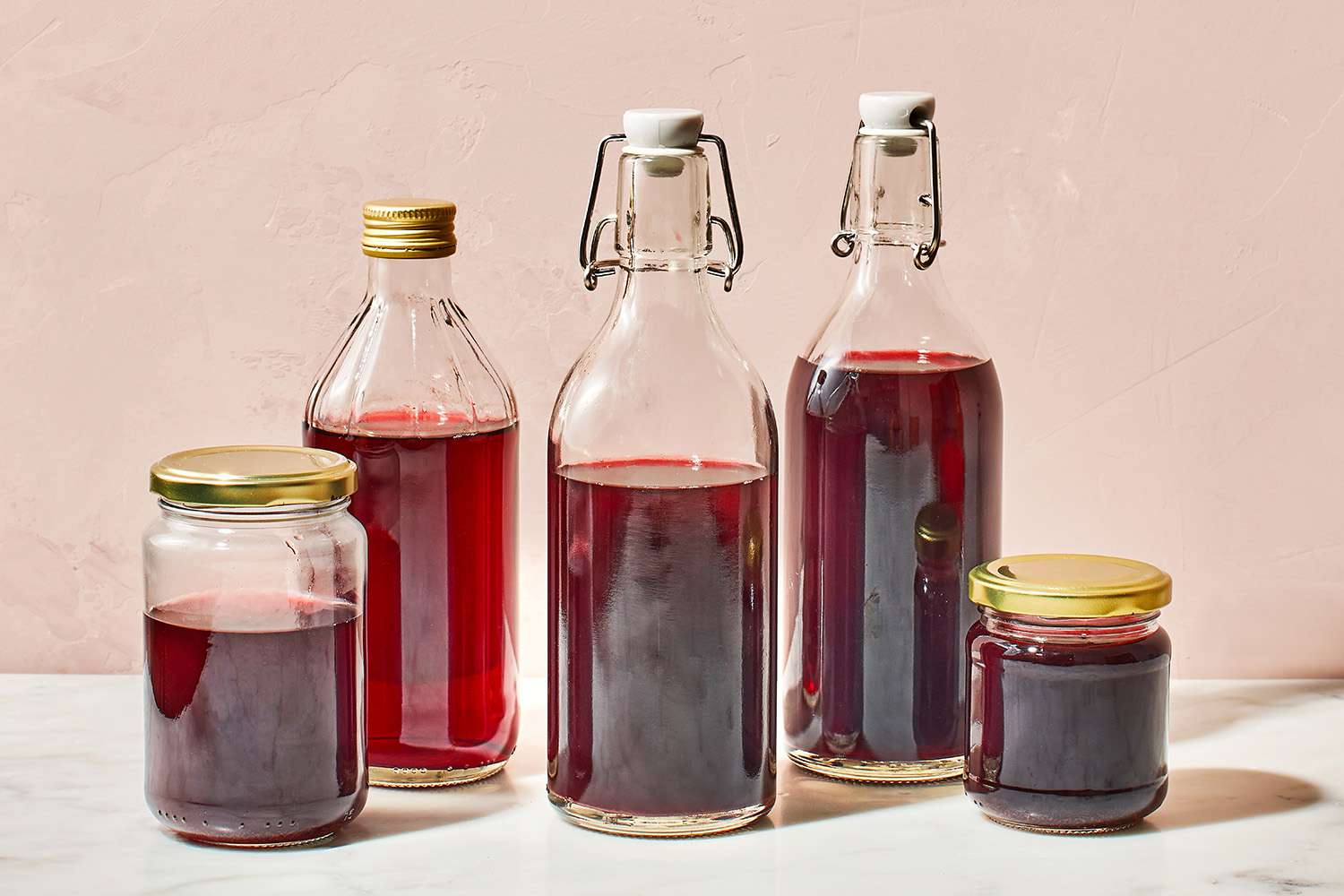
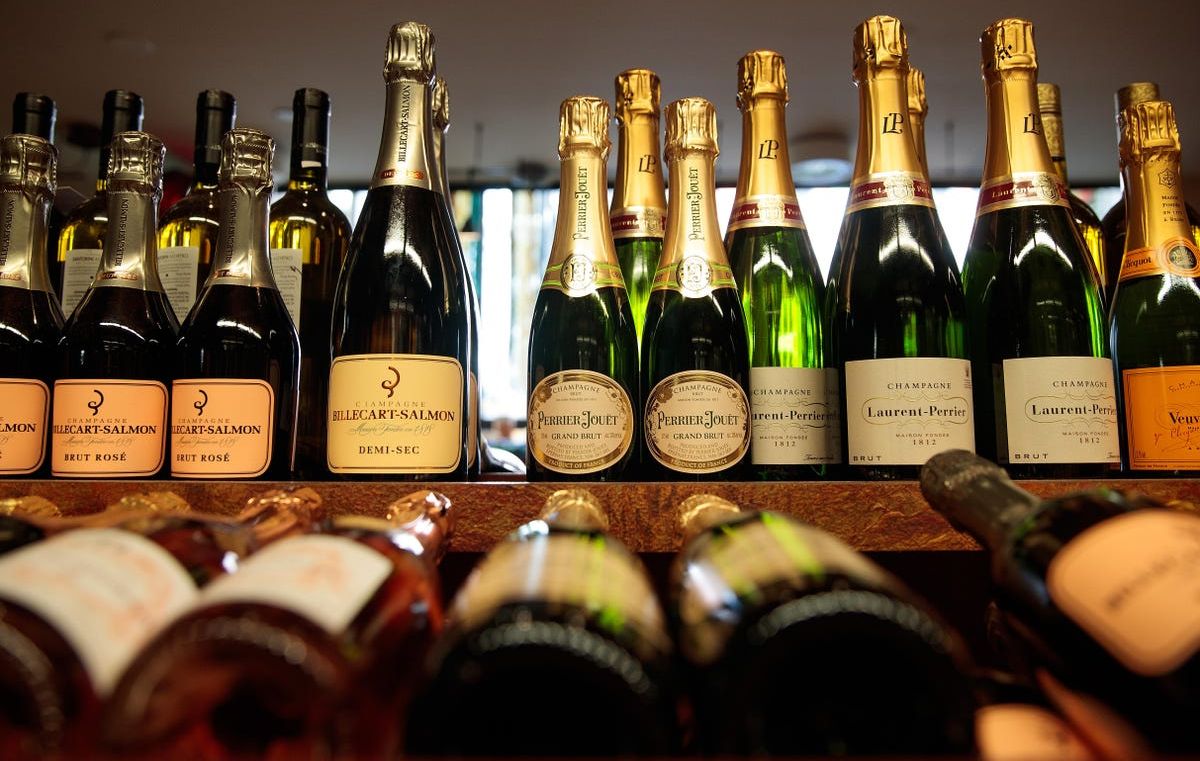

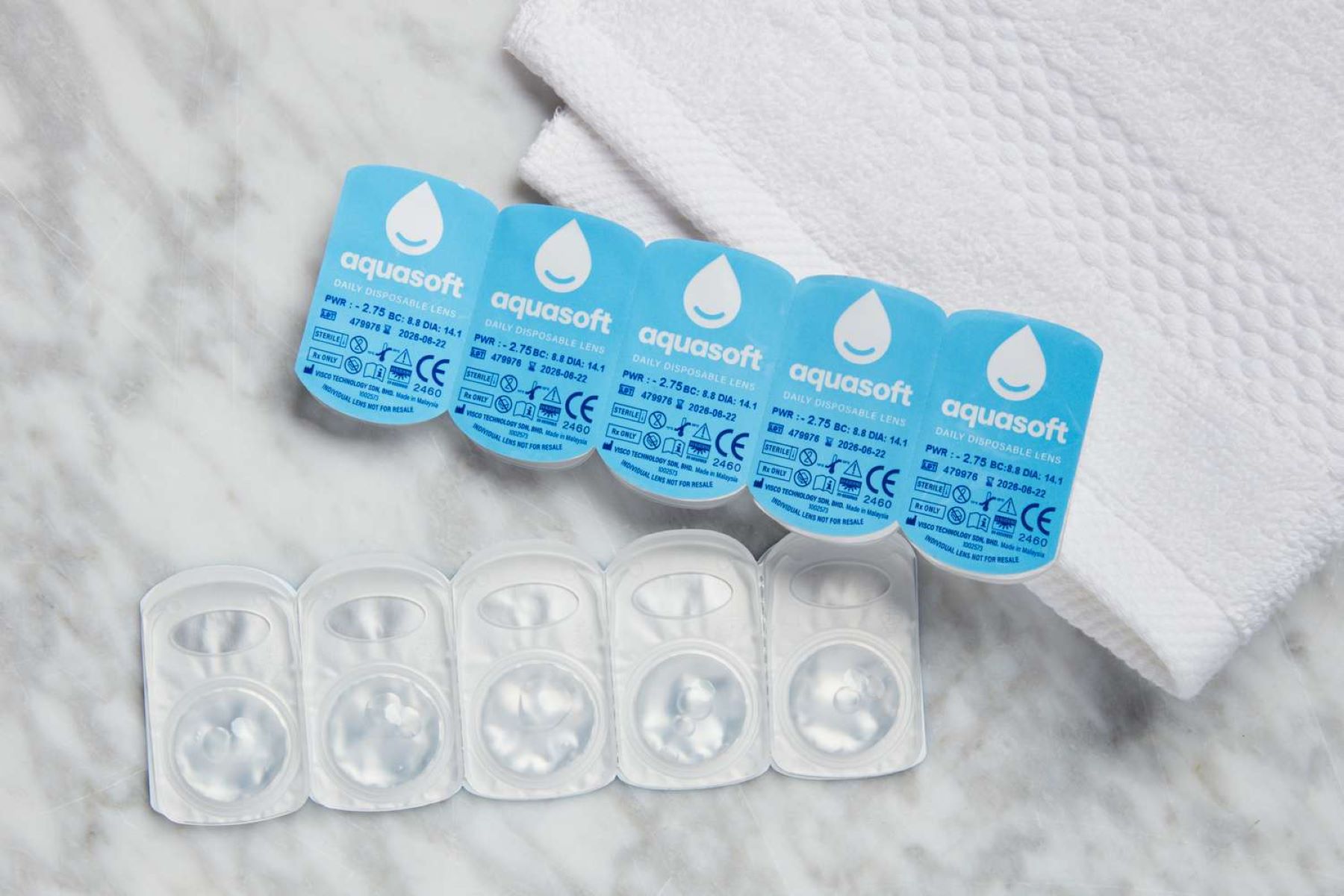
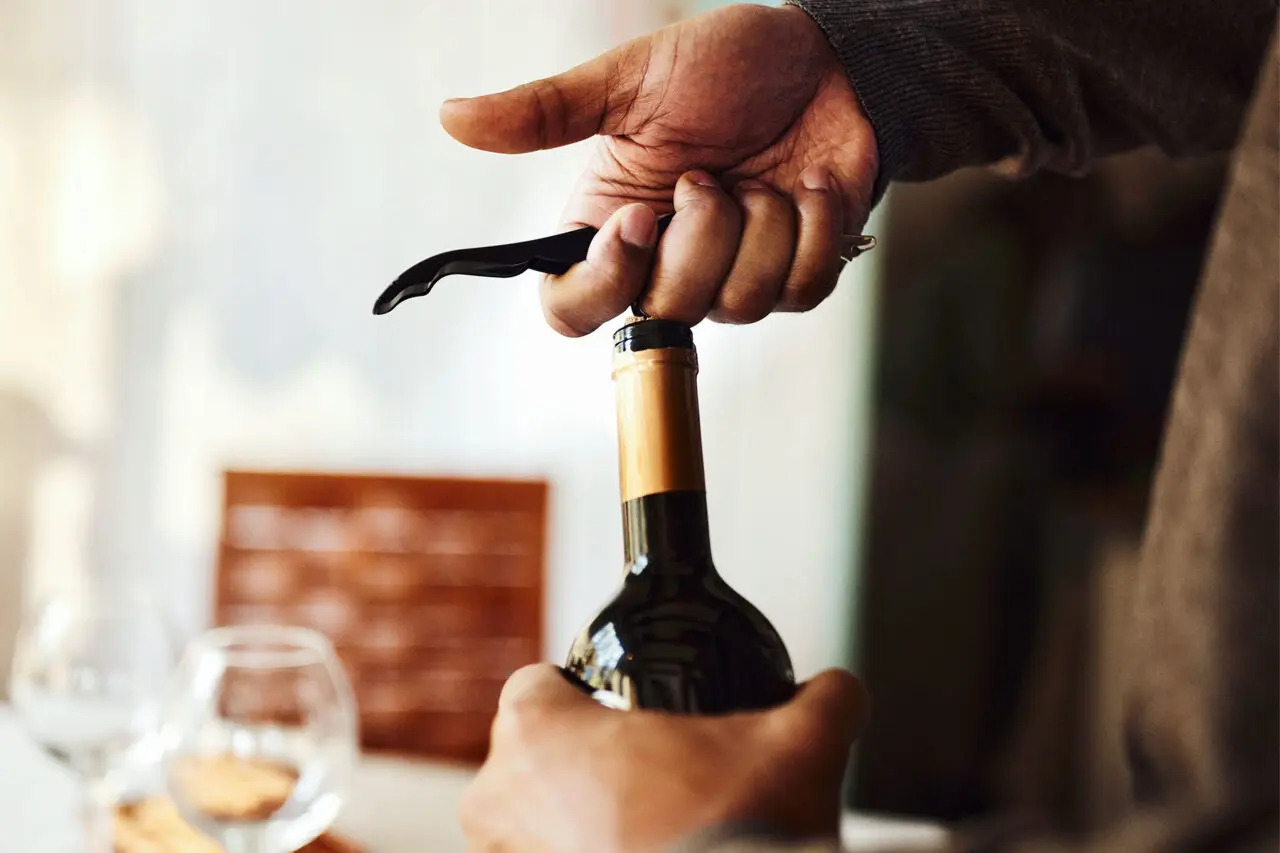
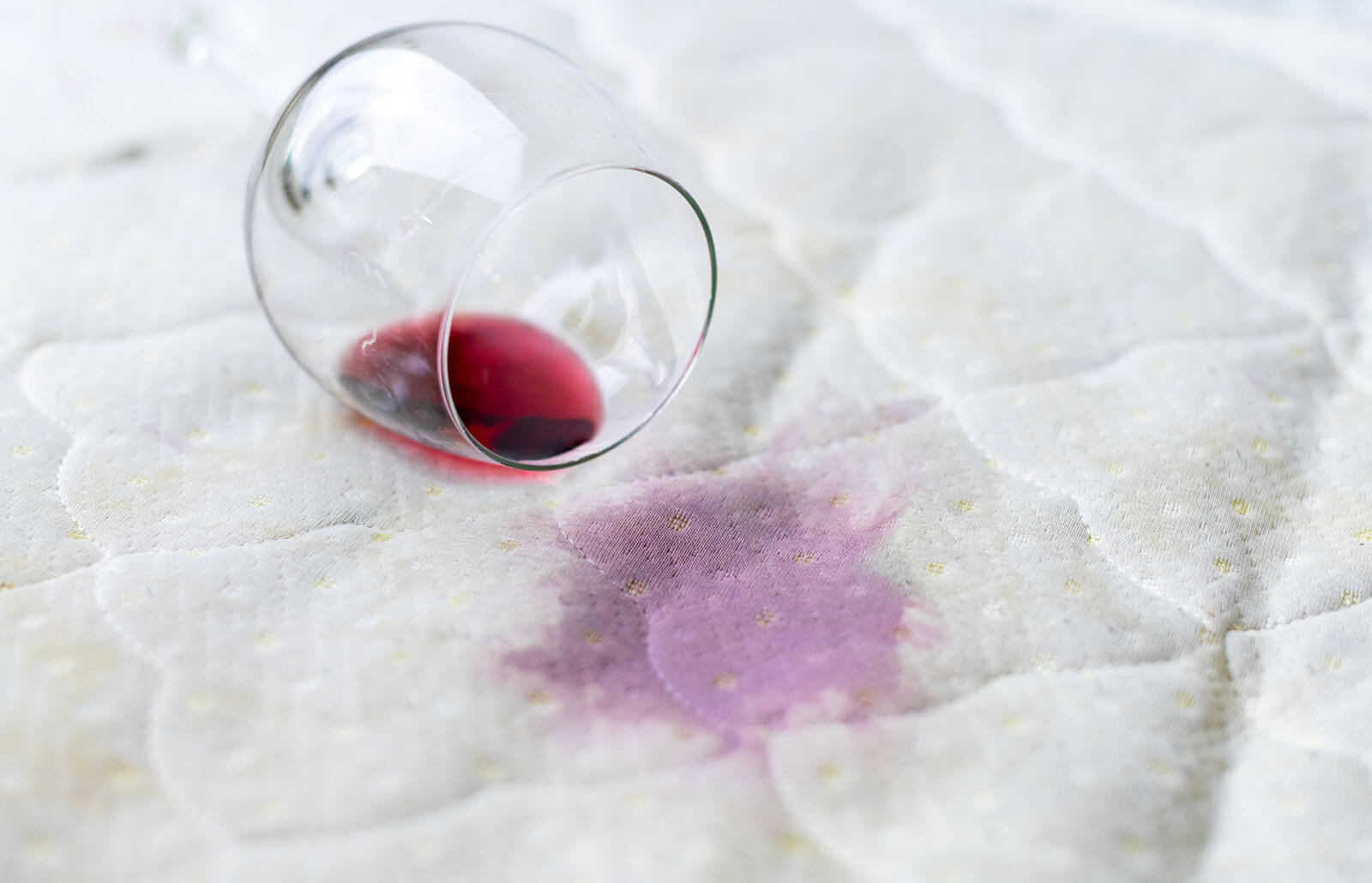
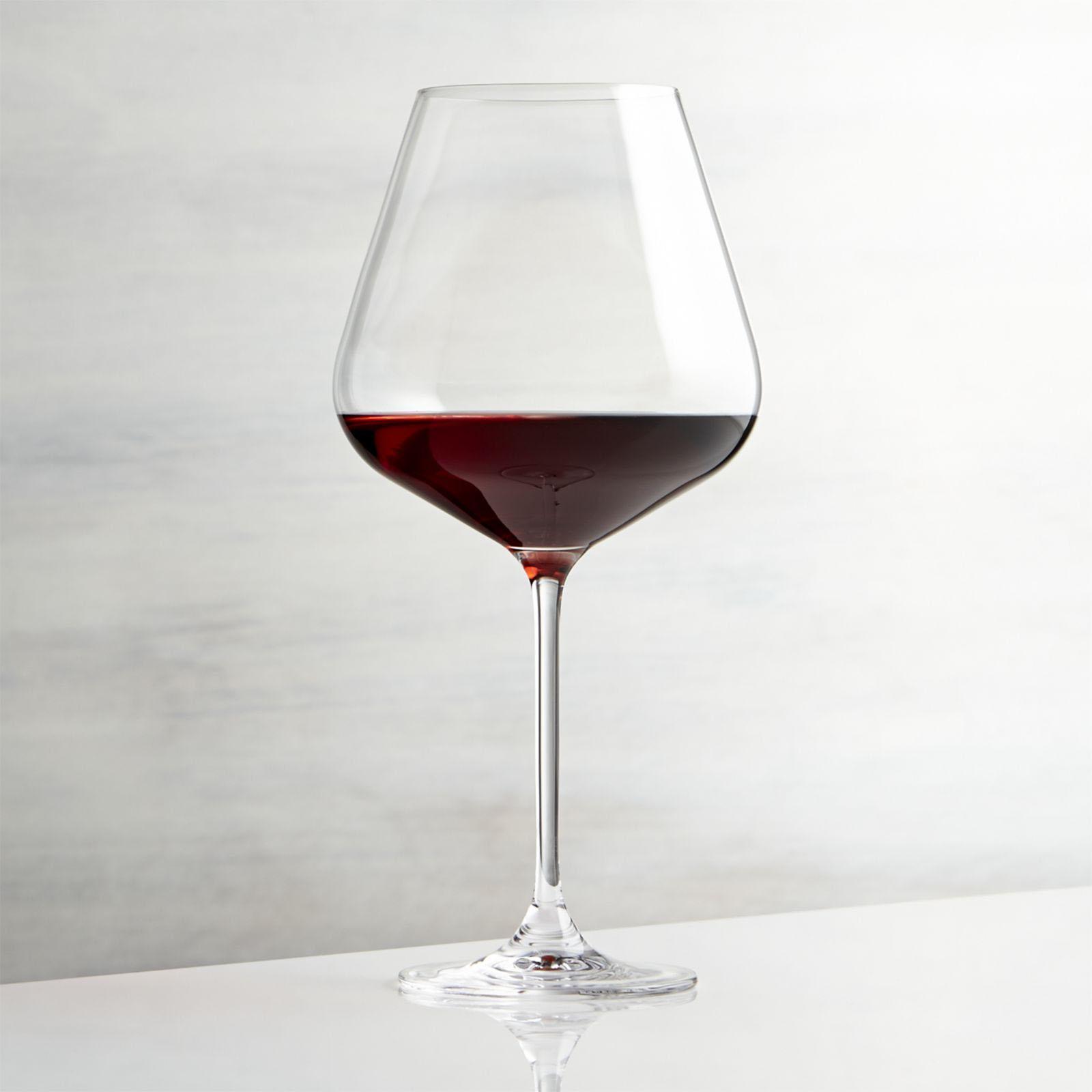

0 thoughts on “How To Store Unopened Red Wine”